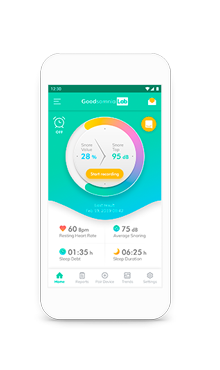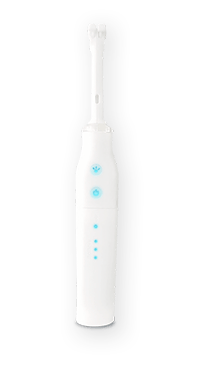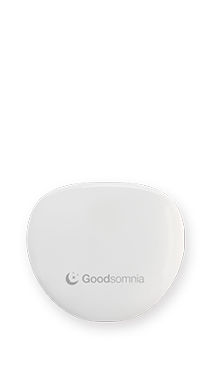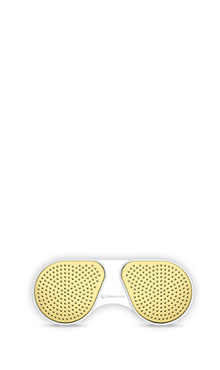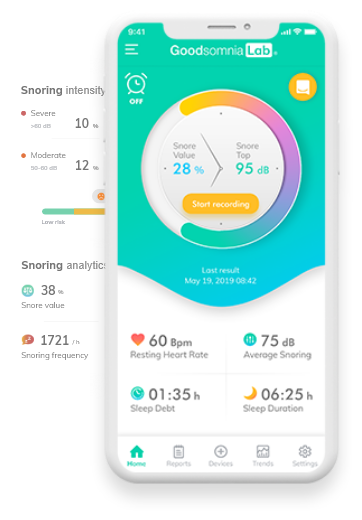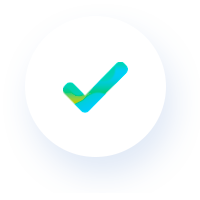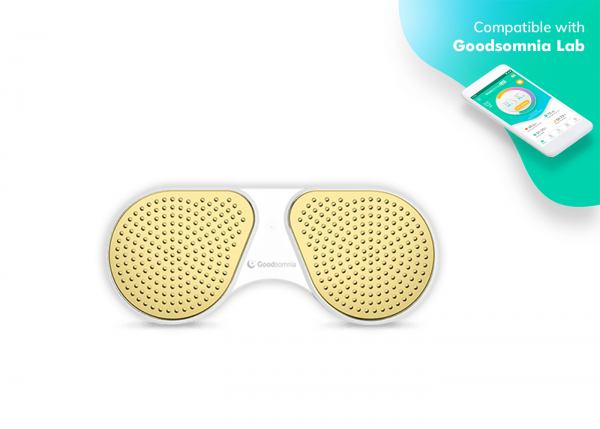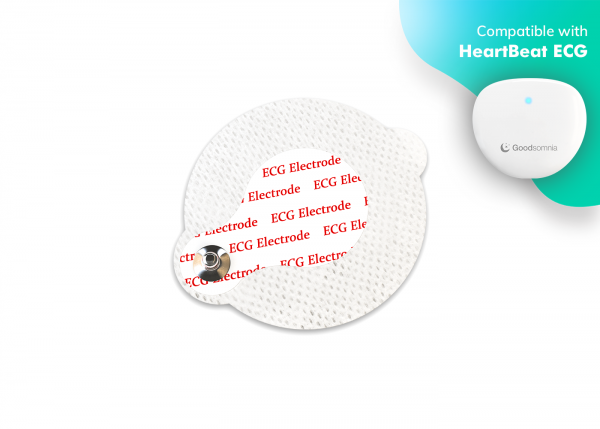Everything that is left untreated reminds itself. This phrase perfectly relates to our sleeping habits. How often we sacrifice sleep to finish a task, play a computer game, or catch up on the last “Game of Thrones” episode. For some reason, we ignore sleep as if we don’t need it. The truth: quality sleep is more important than food. That’s why we need to respect it and monitor any changes in our sleeping behavior. Detecting sleep apnea early signs, being aware of the symptoms, risk factors and actions to take are our first steps to healthy sleep.
What is sleep apnea and why it is dangerous
Imagine that our body is the city, airways are the traffic roads and the airflow is car traffic. As the urban city can’t function normally when the traffic is disrupted or blocked, the same with the body when the airflow is broken. This is what happens during sleep apnea. This sleep disorder is characterized by frequent breaks in breathing and “apnea” means temporary stopping of breathing. Among early symptoms of apnea is loud snoring. There are 3 forms of sleep apnea, during each of them the airflow is blocked but in a different way.
- During Central Sleep Apnea (CSA) the brain doesn’t send an alert to wake you up due to a neurological reason.
- Obstructive sleep apnea (OSA), the most common form of sleep apnea, accounts for about 85% of cases. The problem is a physical blockage in the upper airways. People with soft tissues tend to have it.
- Complex sleep apnea syndrome is a combination of two previous forms. The risk here is that people usually have breathing problems even after the airway obstruction was treated.
Detecting and treating apnea at an early stage is necessary or it can turn into a serious physical and emotional health problems.
Symptoms and risk factors
Keeping the ‘city’ analogy, it’s out of the question that traffic problems aren’t a pleasant situation. They are stressful for people to get stuck in one place, ruins plans, and takes a longer time to reach a destination. Sleep deprivation has the same influence on the body, however, you can predict sleep apnea at an early stage by paying attention to the initial symptoms. Here’s a list of the most common symptoms caused by sleep apnea:
- loud snoring
- choking or gasping sounds
- insomnia
- apnea headache symptoms in the morning
- irritability
- difficulty concentrating
- depression
Symptoms are helpful and are triggers that our body sends to alert a problem. The right treatment and self-help strategies can get you back on track. What also matters is risk factors. Unlike symptoms, risk factors are the characteristics of your body that may increase the possibility of having sleep apnea. If you wonder what age for apnea is the most common, it’s middle age. The older you get the weaker and resilient your throat muscles become. That’s why older people tend to snore very often and loud. Hypertension, high blood pressure and apnea are strongly connected. Cardiovascular problems can be both the reason for sleep apnea and the consequence. Male gender, family heritage – these are the risk factors that can’t be changed. In comparison, another risk factor of sleep apnea – overweight snoring – people who are overweight are diagnosed to have sleep apnea more often than those who are fit. Body mass index (BMI) should be lower than 25. Extra weight leads to neck size increase and the tissue becomes more soft that can block your airway during sleep.
How to diagnose sleep apnea at home
There are numerous options that your doctor can propose to treat and diagnose sleep apnea. The first one is an apnea diagnosis test, better known as a sleep study. It can be done both at the sleep disorder center and at home. The only action that is required from you is sleep. During it, all your physical activities are recorded. Later all the records are analyzed by a qualified sleep specialist to determine your state of health. Although a sleep test is considered to be the best option to diagnose sleep apnea, it’s not the only one.
Here are some pieces of advice on how diagnose apnea not leaving a home:
- ask your bed partner to monitor whether you snore during sleep;
- track your mood and feelings in the morning;
- use an app that tracks your snoring level and analyze it;
- take a look at your activity during a day;
- write down when you feel the most productive and for how long;
- ask your colleagues about the feedback on your work performance.
By figuring out these key points you can make a conclusion about your overall health and sleep habits. This will be a big plus if you decide to consult a doctor. Remember, medical evaluation and treatment is never a waste of time because the question is your health.

